Country and County: Wales
According to ‘Phantoms Legends, Customs and Superstitions Of The Sea’ (1972) by Raymond Lamont Brown; ‘In 1955 Jack Rees was a 26-year-old steel erector employed at Carmarthen Bay Power Station. At the time of his brush with this phantom he was living at a house in Bryn Terrace, Llanelly with his 23-year-old wife and son of seven.
One of the Seven Wonders of Wales, St Giles’ Church dates from the 16th century and has an interesting piece of folklore attached to it. Alfred.
I’m always enthusiastic about new books that take a tour of this country highlighting great places to visit and sites to see, it’s even better when the book concentrates on Haunted locations, and in this case focussing on castles across England, Scotland and Wales.
According to Elias Owen in his ‘Welsh folk-lore: a collection of the folk-tales and legends of North Wales’ (1887) ‘For the following legend, I am indebted to Mr. R. Prys Jones, who resided for several years in the parish of Llanfair Dyffryn Clwyd. In answer to a letter from me respecting mysterious removal of churches, Mr.
The following account appeared in ‘Y Brython’, a popular Welsh-language periodical devoted to literature, antiquities and folklore published between 1858 and 1863. It was later reprinted in Elias Owen’s ‘Wesh Folkore’ (1887).
A young man who was walking from Dyserth to Rhyl was overtaken by a lovely young lady dressed in white. She invited conversation, and they walked together awhile talking kindly, but, when they came opposite a pool on the road side she disappeared, in the form of a ball of fire, into the water. All that has reached our days, in corroboration of this tale, is the small pool.
The following story appeared in Elias Owen’s ‘Welsh folk-lore’ (1887). ‘Near Pentrevoelas lived a man called John Ty’nllidiart, who was in the habit of taking, yearly, cattle from the uplands in his neighbourhood, to be wintered in the Vale of Clwyd.
The following legend concerning Llanfihangel Church was give to Elias Owen by Rev. J Felix, vicar of Cilcen, near Mold and subsequently published in his ‘Welsh folk-lore’ (1887).
The following extract concerning a ghost in Gloddaeth Wood (now Coed Gaer) appeared in ‘Welsh folk-lore: a collection of the folk-tales and legends of North Wales’ (1887) by Owen Elias. He obtained the story from Rev. Owen Jones of Pentrevoelas who was had received a first hand account from Thomas Davies of Tycoch, Rhyl, who appears in the tale.
The village of Bwlchgwyn is the highest in Wales and it was near here in the Nant y Ffrith Valley that a phantom army was reported in September 1602 by Robert Parry.

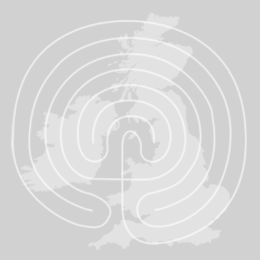
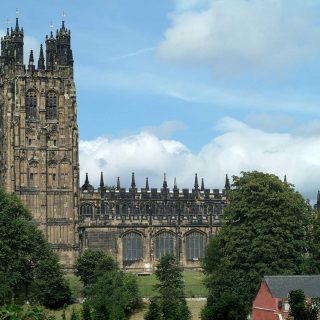
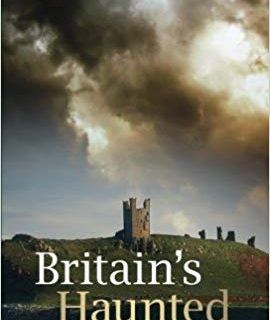
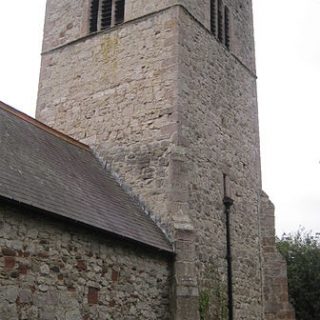

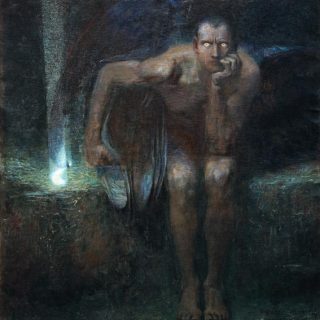
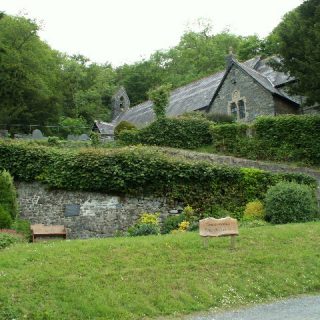
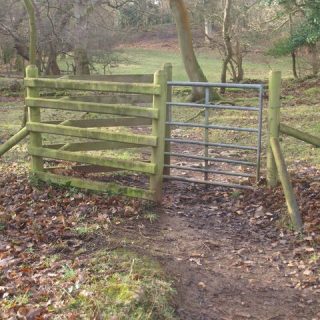
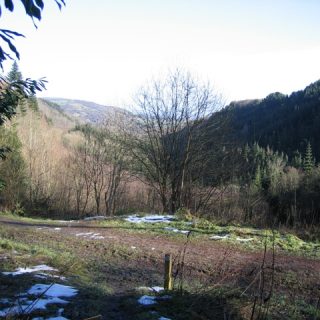
Recent Comments